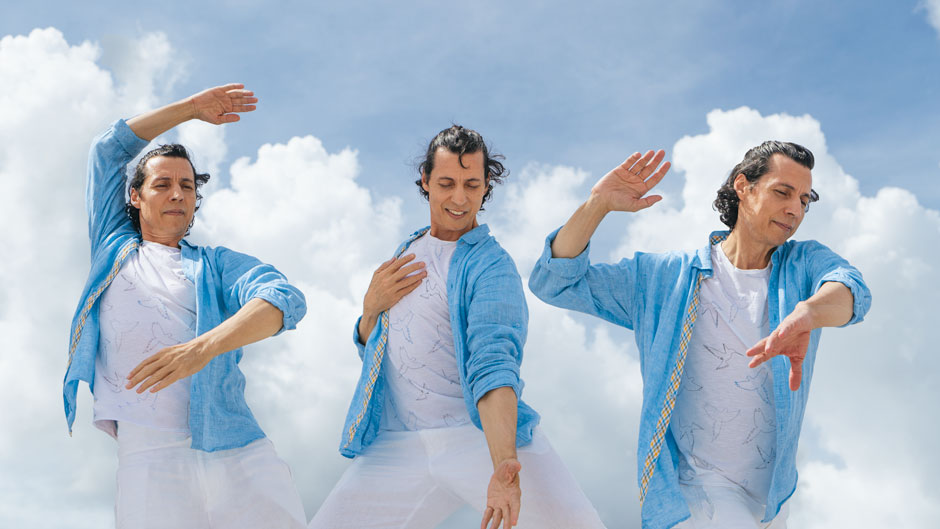Jorge Morejon
- Lecturer of Dance at the Frost School of Music
- Ph.D. in Performance Studies from the University of California, Davis
Tell us about your path to becoming a professor.
In college, I was invited to teach students how to dance comparsa, a carnival dance style from Cuba. I accepted with excitement since it was a dance form I knew from childhood. As I taught students, I realized how much I enjoyed the effect that teaching dance had on them and on myself. It was such an uplifting experience that I still keep in touch with some of those students. That experience confirmed that I would enjoy teaching as a life practice.
What is your teaching philosophy?
My teaching philosophy is eclectic and student-centered. Teaching students about the diversity of cultural perspectives makes my approach to education very flexible and adaptable to my students’ needs and backgrounds.
How do you engage your students in the classroom?
I believe it is through experience that one is able to internalize deeper layers of knowledge. Dance allows students to use all their senses (visual, auditory, kinesthetic, tactual), which makes the learning environment open to different types of learners. I make sure to create a safe environment, where students can take creative risks. In a way, they are in charge of their own learning, while I facilitate the process.
What class do you most enjoy teaching?
I enjoy teaching every single one of my classes. However, if I had to choose one, I would say DAN 291 Dance/Movement Therapy (DMT). Most dance classes focus on dance as art or entertainment. DMT focuses on dance as a healing tool, as a form of psychotherapy. The course generally attracts students who are also interested in the healing arts and want to explore dance as a catalyst for positive change in people who experience emotional or psychological disorders.
How do you help students understand your topic?
Most of our students are not trained dancers. Some come to us without ever having taken dance before. In DAN 211 Modern Dance, for instance, I gradually introduce students to more complex dance concepts. I use props to allow students to explore, abstract, and internalize movement that eventually has meaning to them. Once they experience what it’s like to create their own solo and ensemble work, they understand that dance, more than a way to make a living, is a way of living. This is what they take with them after they graduate, no matter what field of study they have chosen.
What are your goals as a professor?
I want to create a learning environment in which my students begin to give equal importance to both their minds and their bodies. My main objective is to facilitate my students’ self-actualization through dance, movement, and body awareness.
Do you conduct research? Do you involve undergraduate students in your research?
In 2018, in collaboration with the Lowe Art Museum, Professor Carol Kaminsky and I were able to invite our DAN 190 Dance Improvisation students to participate in the Dancing Glass: Reflection of Art Through Dance project. The project investigated how dance improvisation that uses glass art as a subject of inspiration affected our student's self-confidence and self-esteem when creating improvisational dance. We collected quantitative as well as qualitative data, which is still in the process of being analyzed. The project was chosen to be presented at the American Dance Therapy Association’s 2019 conference, which will be held in Miami this October.
What is the biggest piece of advice for someone thinking of going into this field of study?
Be true to yourself and follow your passions. The Frost School of Music offers diverse learning experiences that will prepare students to overcome performance challenges when singing, playing, or dancing. For students who prefer to be behind the scenes, the arts offer an opportunity for self-exploration. Dance, in particular, is a chance to discover ways to express their deepest and most complex feelings and ideas.

